Breast augmentation is one of the most popular cosmetic surgeries globally, with hundreds of thousands of women opting for it each year. The decision to undergo this procedure is a significant one, and it's crucial to be well-informed about the entire process, including the recovery phase.
Breast Augmentation Recovery
Breast augmentation recovery is the period following your surgery where your body heals, and you gradually return to your normal activities. The recovery process is different for everyone, but most women can expect to be back to work and other daily activities within a week or two. Full recovery, however, may take several months as your body continues to adjust to the new implants and any residual swelling and discomfort gradually subside.
During this recovery phase, it is essential to closely follow your surgeon's post-operative instructions and take steps to optimize your healing. This will help minimize the risk of complications and ensure the best possible results from your procedure.
Importance of Following Post-operative Instructions
Your surgeon will provide you with specific post-operative instructions to guide you through the breast augmentation recovery process. These instructions are tailored to your individual needs and the specific procedure performed, so it is critical to follow them closely. Some of the general advice may include:
Taking prescribed medications as directed
Wearing the appropriate post-surgery support garments
Avoiding strenuous activities and heavy lifting
Keeping your surgical incisions clean and dry
Attending regular follow-up appointments with your surgeon
By adhering to these guidelines, you can help prevent complications, reduce the risk of infection, and promote a smoother healing process.
Tip 1: Proper Rest and Sleep After Surgery
One of the most important breast augmentation recovery tips is ensuring that you get plenty of rest and sleep during the initial days following your surgery. Rest is essential for your body to heal and recover from the procedure.
In the first few days, you may experience some discomfort and difficulty sleeping in your usual position. It is generally recommended that you sleep on your back with your upper body elevated using pillows. This position can help reduce swelling and minimize the pressure on your chest.
Try to avoid sleeping on your stomach or side, as this can put pressure on your implants and incisions, causing discomfort and potentially affecting the healing process.
Tip 2: Managing Pain and Discomfort
Some degree of pain and discomfort is expected after breast augmentation surgery. Your surgeon will likely prescribe pain medication to help manage this during the initial days of your recovery.
It's essential to take your pain medication as directed and stay ahead of the pain by taking it before the discomfort becomes too intense. Over-the-counter anti-inflammatory medications may also be recommended to help with swelling and inflammation.
In addition to medication, you can use cold compresses to reduce swelling and alleviate discomfort. Be sure to wrap the cold pack in a cloth or towel to prevent frostbite and apply it to the affected area for 20 minutes at a time.
Tip 3: Wearing the Right Post-surgery Support Garments
After your surgery, your surgeon will likely recommend that you wear a specific post-surgery support garment, such as a surgical bra or compression bandage. These garments are designed to provide gentle support to the breasts, minimize swelling, and promote proper healing.
It's important to wear the recommended support garment for the duration specified by your surgeon, as this can have a significant impact on your breast augmentation recovery. Some women may need to wear the garment for a few weeks, while others may need to wear it for several months.
Make sure to follow your surgeon's instructions regarding when to remove the garment and how often to wash it. If you experience any discomfort or have concerns about the fit of your support garment, be sure to discuss this with your surgeon.
Tip 4: Gentle Exercise and Movement for Recovery
While strenuous activities should be avoided during the initial weeks of your breast augmentation recovery, gentle exercise and movement can be beneficial. Light activities, such as walking, can help promote blood circulation, reduce the risk of blood clots, and alleviate stiffness and discomfort.
Be sure to start slow and gradually increase your activity level as you feel comfortable. It's essential to listen to your body and avoid pushing yourself too hard during this period.
Your surgeon will provide you with specific guidelines regarding when you can resume more vigorous exercise and other activities, such as swimming or lifting heavy objects. Be sure to follow these recommendations closely to avoid complications and ensure a successful recovery.
Tip 5: Maintaining a Healthy Diet and Hydration
A healthy diet and proper hydration play a crucial role in your breast augmentation recovery. Eating a balanced diet that includes plenty of fruits, vegetables, lean proteins, and whole grains can provide your body with the nutrients it needs to heal and recover.
Hydration is also essential for maintaining healthy skin and promoting optimal healing. Aim to drink at least eight cups of water per day, and avoid excessive caffeine and alcohol consumption, as these can dehydrate you and hinder the recovery process.
Additionally, some vitamins and supplements may be beneficial during your recovery, such as vitamin C for collagen production and bromelain to help reduce inflammation. Be sure to discuss any supplements with your surgeon before taking them to ensure they are safe and appropriate for your specific needs.
Tip 6: Taking Care of Your Surgical Incisions
Proper care of your surgical incisions is vital for preventing infection, minimizing scarring, and ensuring a smooth breast augmentation recovery. Your surgeon will provide you with specific instructions on caring for your incisions, which may include:
Keeping the incisions clean and dry
Gently cleaning the incisions with soap and water, as directed
Applying any prescribed ointments or creams to the incisions
Changing dressings or bandages as instructed
Be sure to closely follow these guidelines and report any signs of infection, such as increased redness, swelling, or discharge, to your surgeon immediately.
Tip 7: Regular Follow-up Appointments With Your Surgeon
Regular follow-up appointments with your surgeon are essential to monitor your progress, address any concerns or complications, and ensure a successful breast augmentation recovery. During these appointments, your surgeon will assess your healing, answer any questions you may have, and provide guidance on when you can resume specific activities.
It's crucial to attend all scheduled follow-up appointments and maintain open communication with your surgeon throughout the recovery process.
Conclusion
Breast augmentation recovery requires patience, dedication, and careful adherence to your surgeon's instructions. By following these seven breast augmentation recovery tips, you can help ensure a smoother and more successful healing process.
Remember that it may take time for your body to fully adjust to your new implants and for the final results of your surgery to become apparent. Be patient with yourself and embrace the changes as you recover and enjoy your new look.
For more recovery tips after a breast augmentation, visit Kenneth Bermudez, MD, at our San Francisco, California office. Call (415) 712-1800 to schedule an appointment today.













